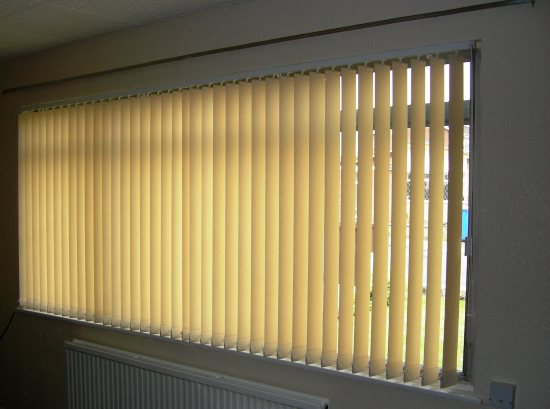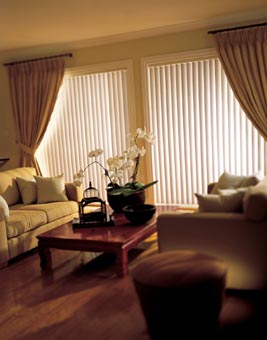blinds , blinds , blinds , vertical blinds , vertical blinds , vertical blinds , bamboo , bamboo , bamboo , laminated floors , laminated floors , laminated floors , capelam , capelam , capelam , shutters , shutters , shutters , wooden blinds , wooden blinds , wooden blinds , capelam , capelam , capelam , western cape , western cape , cape town , cape town , cape town , printing , printing , printing , graphics , graphics , graphics , wood floors , wood floors , wood floors , baswood blinds , baswood blinds , baswood blinds ,

Most blind types are now available in digitally printed format such as logoís, advertising images, personalised patterns, sceneries and landscapes. Transform your blinds into a work of art. Printed blinds work well with large graphics. Small fonts and images donít have the desired effect.



Printed blinds
 |
When printing onto basswood or plaswood blinds, it is best to keep to black and white images. Colour images are printed onto a white background |
 |
Venetian blinds are the only blinds that can be printed on both sides (additional costs apply) resulting in a blind that can be viewed from either side |
 |
All blinds can be slightly tilted open to allow in some daylight without losing the image |
Printing requirements: High resolution artwork and images are essential for top-quality results. Digital cameras give good results if used at maximum size. Preferably use a 7-megapixel or higher camera to produce the best images. Try to avoid images downloaded from the internet, unless you are sure the quality is good enough. Images should be at least 100 dpi and supplied at the correct final size.








